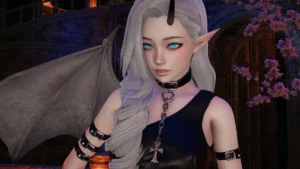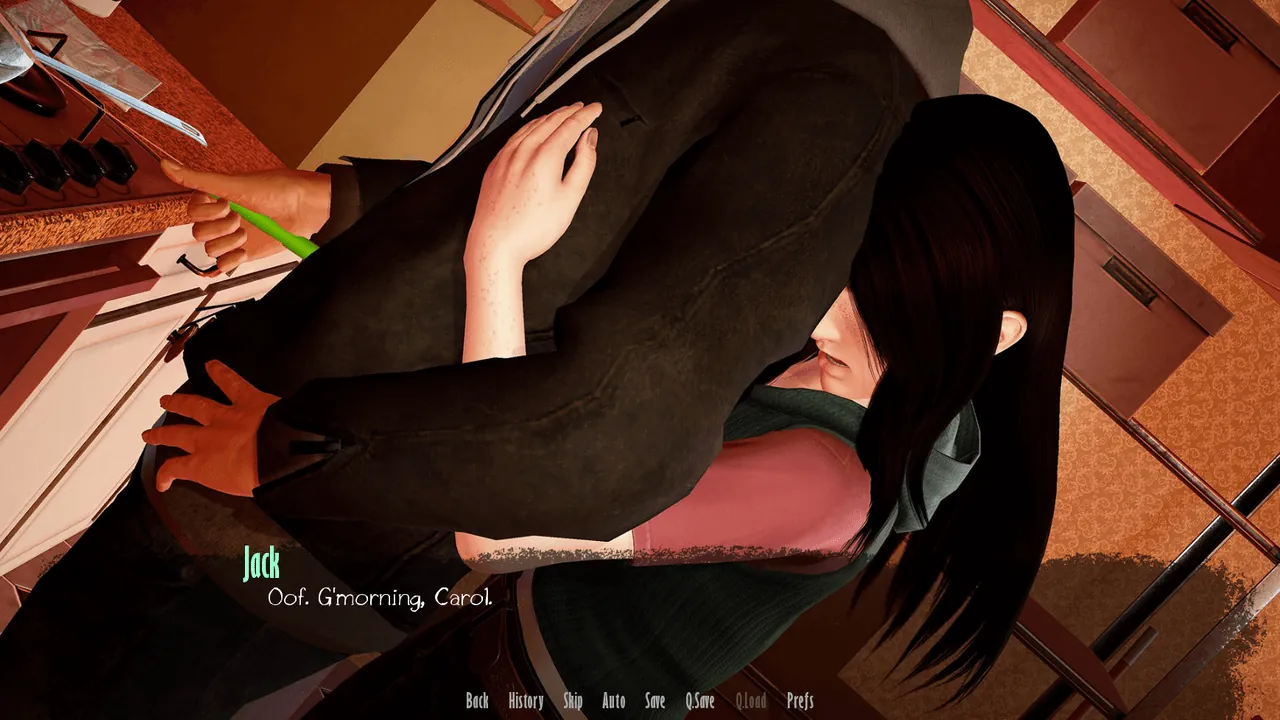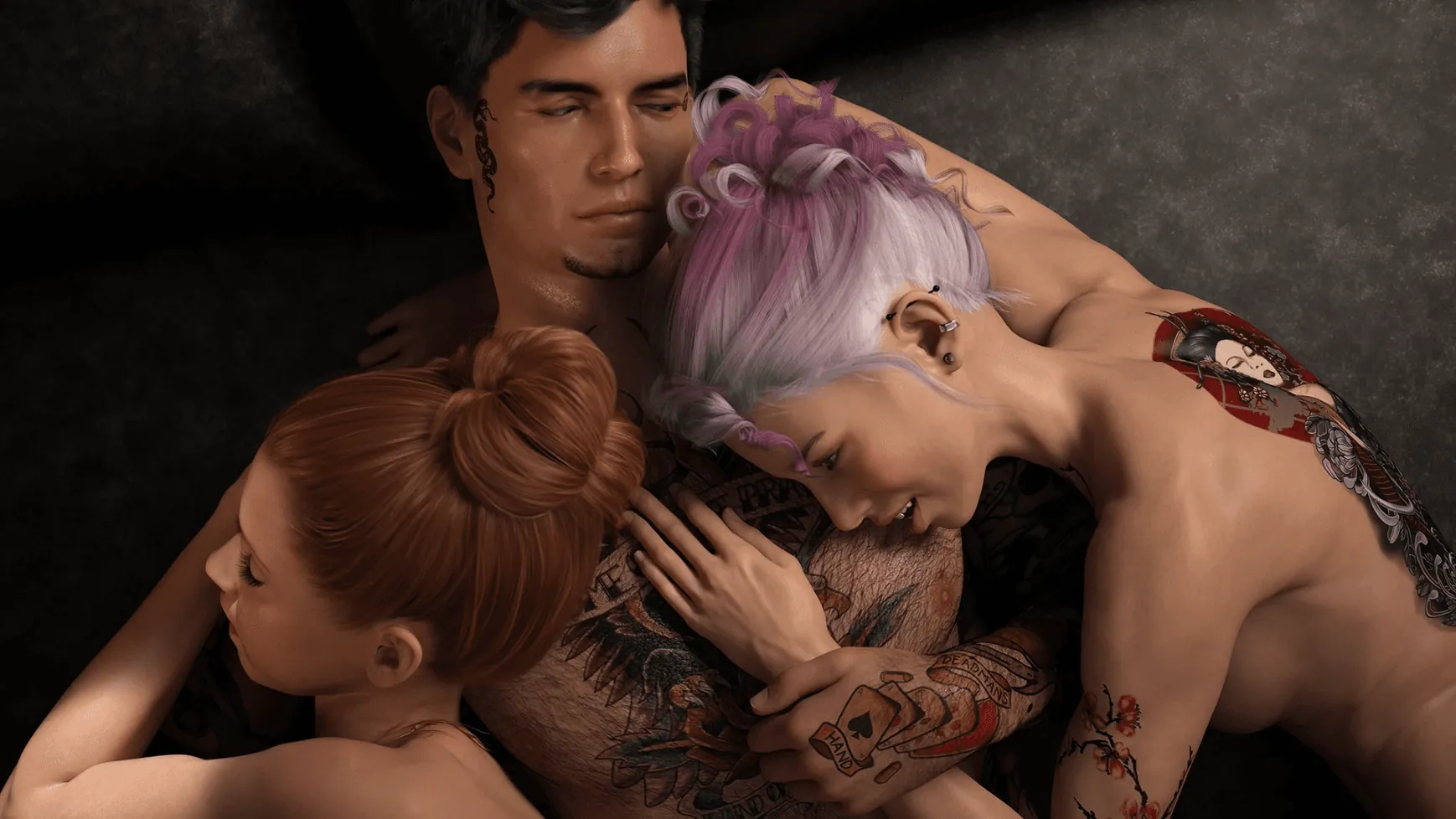
Companion of Darkness
Play Companion of Darkness
Companion of Darkness review
Explore the Intriguing Plot, Characters, and Gameplay of Companion of Darkness
Companion of Darkness is a captivating game known for its rich narrative, complex characters, and immersive gameplay. This article delves into the core aspects of Companion of Darkness, highlighting its political intrigue, character development, and atmospheric design. Whether you’re a new player or a fan looking to deepen your understanding, this guide offers insights and practical advice to enhance your experience with the game.
Unpacking the Story and Characters of Companion of Darkness
What Makes the Plot Stand Out?
Picture this: you’re halfway through a game, and you realize every choice you’ve made has actually mattered. That’s Companion of Darkness in a nutshell. 🕵️♂️ The Companion of Darkness story isn’t just a linear path—it’s a sprawling web of alliances, betrayals, and oh-my-god-did-that-just-happen moments. Unlike other games where you’re just along for the ride, here, you’re the architect of chaos.
What sets the game narrative depth apart? It’s how the story balances personal stakes with epic, world-shaking consequences. You’re not just fighting monsters; you’re navigating a fragile political landscape where saying the wrong thing to a faction leader could spark a civil war. 🔥 Think Game of Thrones meets Persona, but with way more morally gray choices. The plot factions in Companion of Darkness—like the shadowy Order of the Eclipse and the ruthless Iron Vanguard—aren’t just set dressing. They’re living, scheming entities with their own agendas, and your decisions determine who rises to power.
Pro tip: Keep a notebook handy. Trust me, you’ll need it to track who’s backstabbing whom.
And let’s talk twists. Just when you think you’ve figured out who the “big bad” is, the game flips the script. One minute, your ally is handing you a sword; the next, they’re selling you out to the highest bidder. The Companion of Darkness story thrives on unpredictability, making it a masterclass in visual novel storytelling.
Character Depth and Development
If the plot is the engine, the Companion of Darkness characters are the fuel. These aren’t your typical “hero saves the world” cardboard cutouts. Take Kael, the brooding mercenary with a penchant for sarcasm. At first, he’s all sharp edges and snark, but peel back the layers, and you’ll find a man haunted by a past he can’t outrun. Or Lira, the idealistic diplomat whose belief in “the greater good” gets tested by increasingly brutal compromises. 🎭
What makes their character development in Companion of Darkness so compelling? They change. Kael starts as a lone wolf but slowly learns to trust your protagonist—if you nurture that relationship. Lira, meanwhile, might harden into a pragmatist or cling to her ideals, depending on your influence. It’s like watching a friend grow—or unravel—in real time.
| Character | Role | Development Arc |
|---|---|---|
| Kael | Mercenary with a Hidden Past | From lone wolf to reluctant leader |
| Lira | Diplomat Idealist | Struggles between morality and survival |
| Veyra | Mysterious Sorceress | Redefines loyalty after a betrayal |
The game doesn’t just tell you these characters are complex—it forces you to feel it. When Veyra, the enigmatic sorceress, finally reveals her true motives, I literally paused the game to scream into a pillow. 🛌 That’s the power of character development in Companion of Darkness: it’s messy, human, and utterly unforgettable.
The Role of Political Intrigue
Let’s get real: political intrigue in Companion of Darkness isn’t just a backdrop—it’s the oxygen everyone breathes. 🌬️ Every conversation is a potential landmine. Want to ally with the tech-savvy Artificers’ Guild? Cool, but their leader won’t lift a finger unless you sabotage their rivals. Even picking a side in a bar brawl could ripple into a full-blown faction war.
The brilliance lies in how the game makes politics personal. You’re not just negotiating treaties; you’re deciding whether to protect a friend’s secret or expose it for political gain. Remember that time I accidentally tipped off the Council of Shadows about a character’s hidden lineage? Let’s just say things got… explosive. 💥
Fun fact: There are 14 possible endings. Fourteen. And each hinges on how deftly you navigate the political intrigue in Companion of Darkness.
Factions aren’t just “good” or “evil”—they’re desperate, flawed, and sometimes tragically misguided. The Iron Vanguard might seem like tyrants, but their harsh methods stem from a genuine (if twisted) desire to protect their people. It’s this moral ambiguity that elevates the game narrative depth from “fun” to “I-need-to-call-my-therapist” levels of engagement.
Why It All Works Together
So, why does Companion of Darkness stick with you? Because it’s not just a game—it’s a mirror. The Companion of Darkness story forces you to ask: What would I sacrifice for power? The Companion of Darkness characters make you care, even when they’re breaking your heart. And the political intrigue in Companion of Darkness? It’s a reminder that in a world of shadows, everyone’s hands get dirty.
If you’re tired of games that treat storytelling like an afterthought, this is your wake-up call. 🚨 Grab your controller, steel your nerves, and dive into a tale where every choice hurts so good.
Companion of Darkness stands out as a richly woven narrative experience with compelling characters and intricate political dynamics. Its unique blend of storytelling and immersive gameplay offers players a memorable journey into a dark, surreal world. Whether you are drawn by the plot or the character interactions, this game promises depth and engagement. Dive into Companion of Darkness today and experience the shadows that shape its world.







